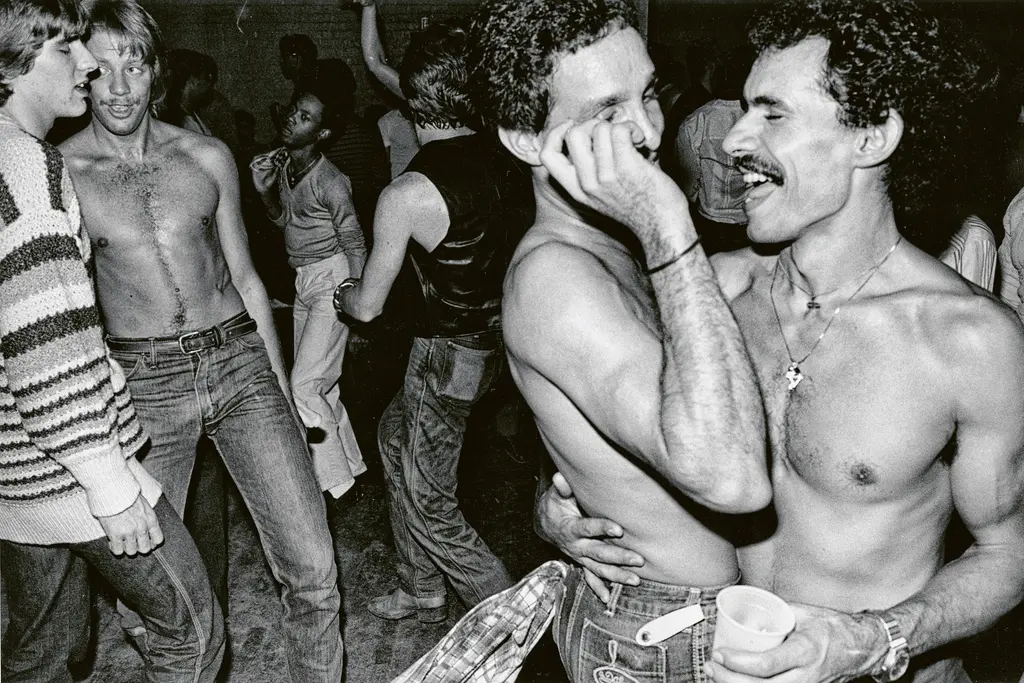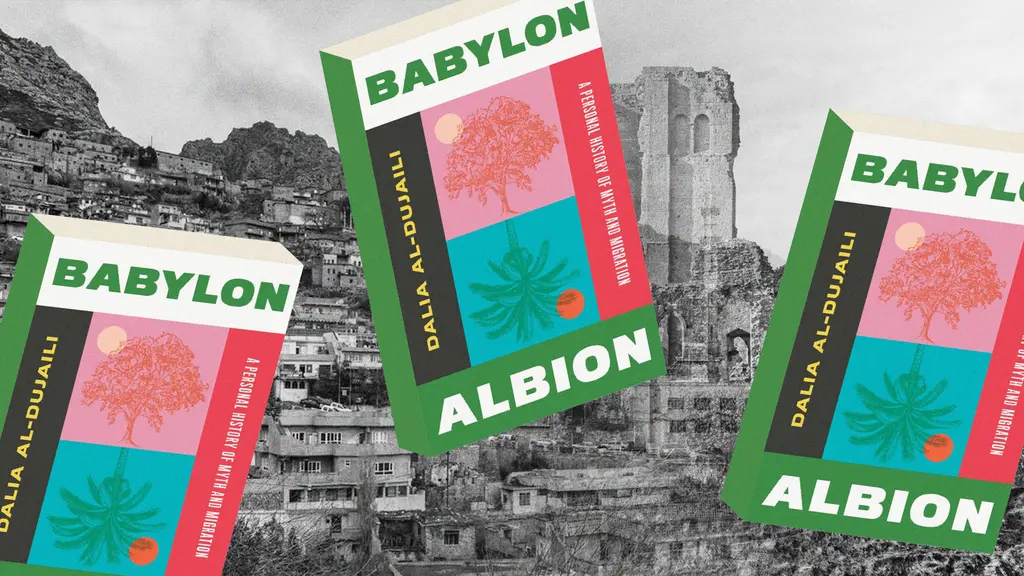The trees in this Norwegian forest will one day become the greatest books of our time
- Text by Megan White
- Photography by MJC // Giorgia Polizzi

On a misty Norwegian day in 2014, Scottish artist Katie Paterson planted the first seedling of what would become a forest. An overwhelming feeling of pride filled her as her ideas finally took root. Because Katie’s forest – made of 100 Norwegian spruces in the Nordmarka region of Oslo – is both a physical and conceptual one. Each seed represents a future book that will be printed onto paper made from the fully grown trees in 100 years’ time. “In its essence, Future Library is hopeful,” says Katie, from Berlin where she now lives. “It believes there will be a forest, a book, and a reader in 100 years.” 
 The books will be contributed by 100 different writers – one a year for the duration of the project – which will be held in trust, unread and unpublished, until 2114. The first contributing author is Margaret Atwood, the Booker Prize winner who is admired for her capacity to imagine realistic future worlds. “The authors are being selected for their outstanding contributions to literature or poetry and for their work’s ability to capture the imagination of this and future generations,” explains Katie. “Two key words in our selection process are imagination and time. We are inviting contributions from writers of any age, nationality, of any content, of mixed styles – and in any language.” Atwood may be one of the most popular contemporary authors of our times, but for now she is the only person to have read her latest work. Her manuscript will be placed in the new Deichmanske Public Library opening in 2018 in Bjørvika, Oslo. Intended to be a space of contemplation, this room – designed by Katie and architects Atelier Oslo and Lund Hagem Architects – will be lined with wood from the forest. The authors’ names and titles of their works will be on display, but none of the manuscripts will be available for reading. So is Katie tempted to peek at these tales created for Twenty-Second Century readers? “No. No one at all except the author’s editor, researcher or translator will read the texts, until they are published in 2114.” Future Library is not a directly environmental statement, but ecology, the interconnectedness of things – those living now and still to come – are woven into the project. “The idea to grow trees to print books arose through making a connection with tree rings to chapters – the material nature of paper, pulp and books, and imagining the writer’s thoughts infusing themselves, ‘becoming’ the trees,” says Katie.
The books will be contributed by 100 different writers – one a year for the duration of the project – which will be held in trust, unread and unpublished, until 2114. The first contributing author is Margaret Atwood, the Booker Prize winner who is admired for her capacity to imagine realistic future worlds. “The authors are being selected for their outstanding contributions to literature or poetry and for their work’s ability to capture the imagination of this and future generations,” explains Katie. “Two key words in our selection process are imagination and time. We are inviting contributions from writers of any age, nationality, of any content, of mixed styles – and in any language.” Atwood may be one of the most popular contemporary authors of our times, but for now she is the only person to have read her latest work. Her manuscript will be placed in the new Deichmanske Public Library opening in 2018 in Bjørvika, Oslo. Intended to be a space of contemplation, this room – designed by Katie and architects Atelier Oslo and Lund Hagem Architects – will be lined with wood from the forest. The authors’ names and titles of their works will be on display, but none of the manuscripts will be available for reading. So is Katie tempted to peek at these tales created for Twenty-Second Century readers? “No. No one at all except the author’s editor, researcher or translator will read the texts, until they are published in 2114.” Future Library is not a directly environmental statement, but ecology, the interconnectedness of things – those living now and still to come – are woven into the project. “The idea to grow trees to print books arose through making a connection with tree rings to chapters – the material nature of paper, pulp and books, and imagining the writer’s thoughts infusing themselves, ‘becoming’ the trees,” says Katie. 
 “I wanted the Future Library forest to exist within a larger forest, becoming part of its ecosystem, and becoming, perhaps, more expansive in the imagination. The forest we have planted is situated about a twenty-five minute walk from a metro station in Oslo, yet feels deep within the forest. It has no city sounds.” A visit to Ise Jinju Shinto, a shrine in Japan, inspired Katie along this slow journey. “The shrines have been rebuilt every twenty years for nearly 1,500 years, in the exact original form,” she says. “It’s a process of renewal, which is ancient and new at the same time. The trees for Ise are grown on a special mountain, and given a different significance. They are seen as the spirit itself. Ise comes alive and exists through its many ceremonies and festivals. The unseen needs to be marked to ensure that it is still present.” It may seem like an ambitious project but Katie is no stranger to high-concept work. Previous projects of hers include: Inside this Desert, in which she carved from a grain of sand a far smaller fragment which, stuck to a normal-sized grain, she then deposited somewhere in the Sahara; Earth-Moon-Earth, in which she transmitted Beethoven’s ‘Moonlight Sonata’ in morse-code signals and bounced it off the moon; and Light bulb to Simulate Moonlight, featuring a bare bulb in a darkened gallery and a lifetime’s supply of blue orbs.
“I wanted the Future Library forest to exist within a larger forest, becoming part of its ecosystem, and becoming, perhaps, more expansive in the imagination. The forest we have planted is situated about a twenty-five minute walk from a metro station in Oslo, yet feels deep within the forest. It has no city sounds.” A visit to Ise Jinju Shinto, a shrine in Japan, inspired Katie along this slow journey. “The shrines have been rebuilt every twenty years for nearly 1,500 years, in the exact original form,” she says. “It’s a process of renewal, which is ancient and new at the same time. The trees for Ise are grown on a special mountain, and given a different significance. They are seen as the spirit itself. Ise comes alive and exists through its many ceremonies and festivals. The unseen needs to be marked to ensure that it is still present.” It may seem like an ambitious project but Katie is no stranger to high-concept work. Previous projects of hers include: Inside this Desert, in which she carved from a grain of sand a far smaller fragment which, stuck to a normal-sized grain, she then deposited somewhere in the Sahara; Earth-Moon-Earth, in which she transmitted Beethoven’s ‘Moonlight Sonata’ in morse-code signals and bounced it off the moon; and Light bulb to Simulate Moonlight, featuring a bare bulb in a darkened gallery and a lifetime’s supply of blue orbs. 
 Katie’s art is multi-disciplinary, exploring ideas relating to the landscape, geology, space, time and the cosmos, often using technology to bring together the commonplace and the extraterrestrial. “Future Library connects with my wider practice through its engagement with nature and time – long, slow time. Like much of my practice, Future Library involves an imaginary leap. After several years of preparation, we have launched the project, but really we are only just beginning.” More than anything, Katie’s work reminds us of the bigger picture; that things will continue to survive long after we are all gone. “Future Library will outlive me and most of us alive today,” she says. “It will survive beyond our lives, standing the test of time. It’s an artwork made not only for us now, but for a future generation, in an unknown time and place. Each piece of writing will hold within it something of its own time, own moment, projected into an unknown future.”
Katie’s art is multi-disciplinary, exploring ideas relating to the landscape, geology, space, time and the cosmos, often using technology to bring together the commonplace and the extraterrestrial. “Future Library connects with my wider practice through its engagement with nature and time – long, slow time. Like much of my practice, Future Library involves an imaginary leap. After several years of preparation, we have launched the project, but really we are only just beginning.” More than anything, Katie’s work reminds us of the bigger picture; that things will continue to survive long after we are all gone. “Future Library will outlive me and most of us alive today,” she says. “It will survive beyond our lives, standing the test of time. It’s an artwork made not only for us now, but for a future generation, in an unknown time and place. Each piece of writing will hold within it something of its own time, own moment, projected into an unknown future.”
This article originally appeared in Huck 49 – The Survival Issue. Grab a copy in the Huck Shop or subscribe today to make sure you don’t miss another issue. Enjoyed this article? Like Huck on Facebook or follow us on Twitter.
Enjoyed this article? Like Huck on Facebook or follow us on Twitter.
You might like

Capturing life in the shadows of Canada’s largest oil refinery
The Cloud Factory — Growing up on the fringes of Saint John, New Brunswick, the Irving Oil Refinery was ever present for photographer Chris Donovan. His new photobook explores its lingering impacts on the city’s landscape and people.
Written by: Miss Rosen

Susan Meiselas captured Nicaragua’s revolution in stark, powerful detail
Nicaragua: June 1978-1979 — With a new edition of her seminal photobook, the Magnum photographer reflects on her role in shaping the resistance’s visual language, and the state of US-Nicaraguan relations nearly five decades later.
Written by: Miss Rosen

A visual trip through 100 years of New York’s LGBTQ+ spaces
Queer Happened Here — A new book from historian and writer Marc Zinaman maps scores of Manhattan’s queer venues and informal meeting places, documenting the city’s long LGBTQ+ history in the process.
Written by: Isaac Muk

Nostalgic photos of everyday life in ’70s San Francisco
A Fearless Eye — Having moved to the Bay Area in 1969, Barbara Ramos spent days wandering its streets, photographing its landscape and characters. In the process she captured a city in flux, as its burgeoning countercultural youth movement crossed with longtime residents.
Written by: Miss Rosen

In photos: 14 years of artist Love Bailey’s life and transition
Dancing on the Fault Line — Photographer Nick Haymes’s new book explores a decade-plus friendship with the Californian artist and activist, drawing intimate scenes from thousands of pictures.
Written by: Miss Rosen

Dalia Al-Dujaili: “When you’re placeless, nature can fill the void”
Babylon, Albion — As her new book publishes, the British-Iraqi author speaks about connecting with the land as a second-generation migrant, plants as symbols of resistance, and being proud of her parents.
Written by: Zahra Onsori

